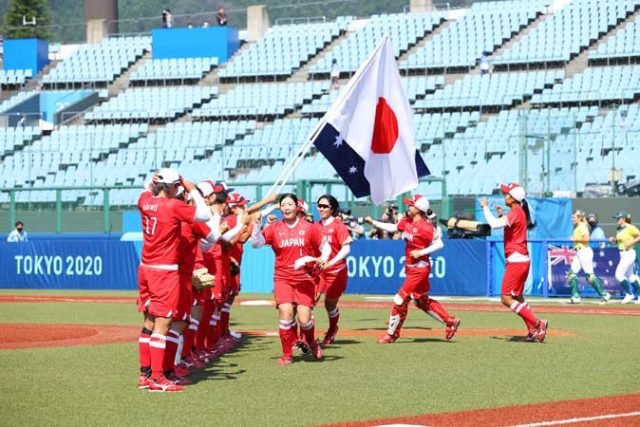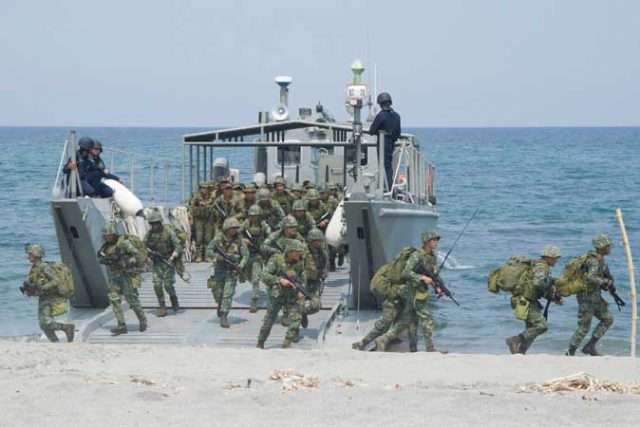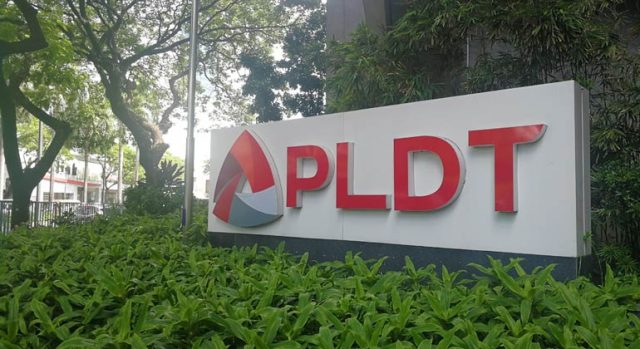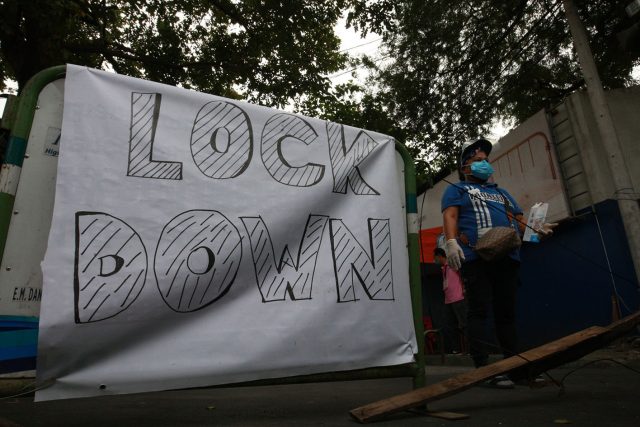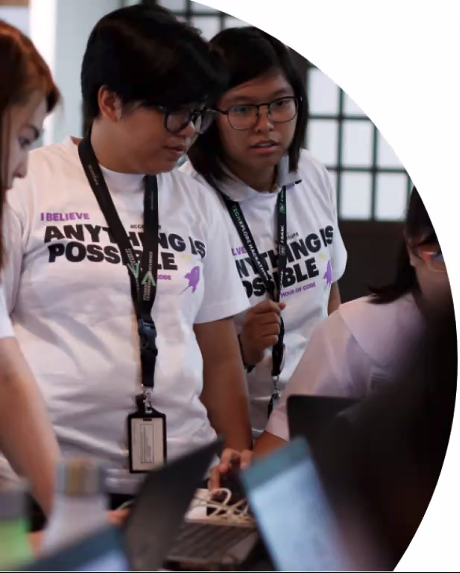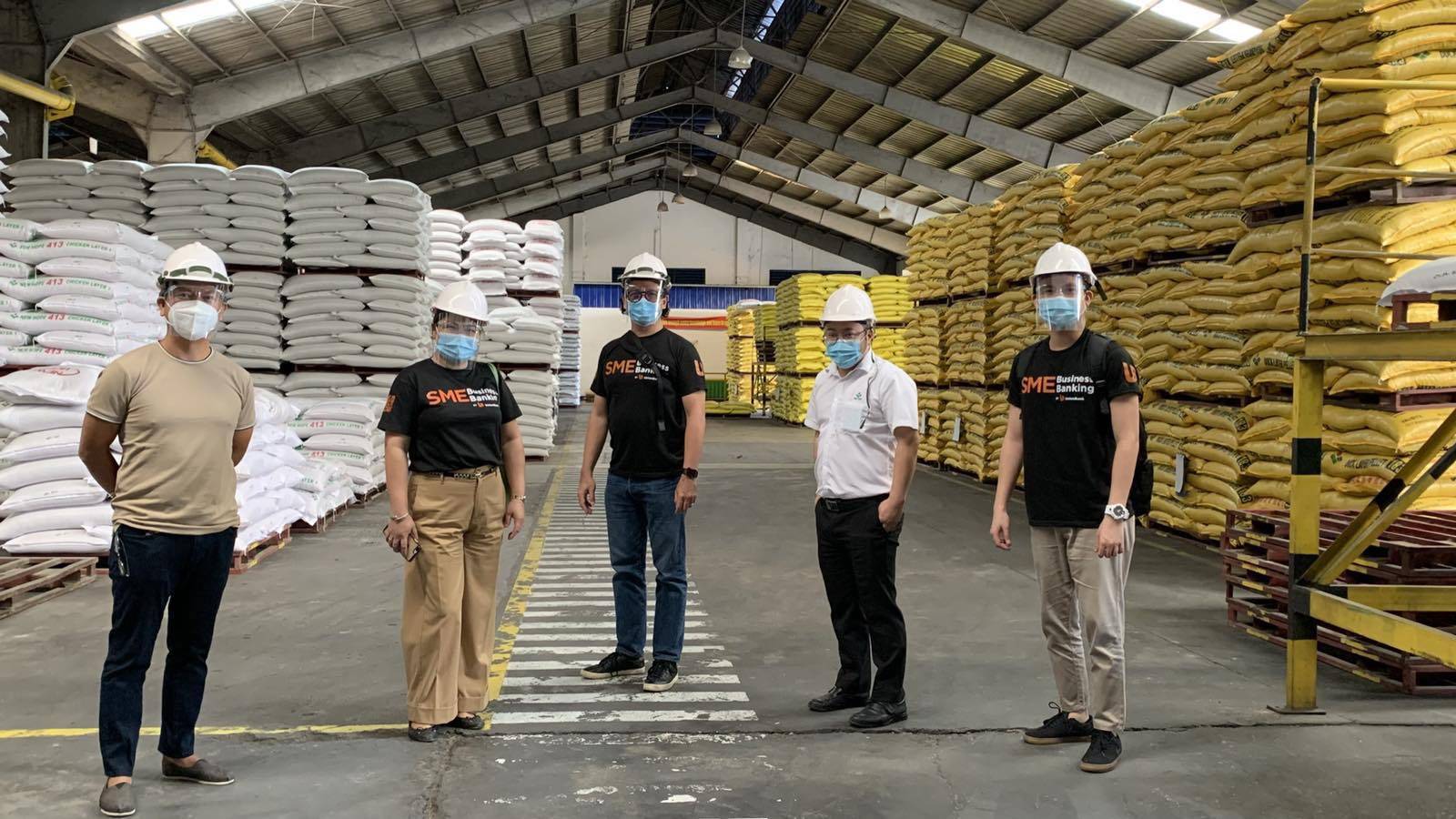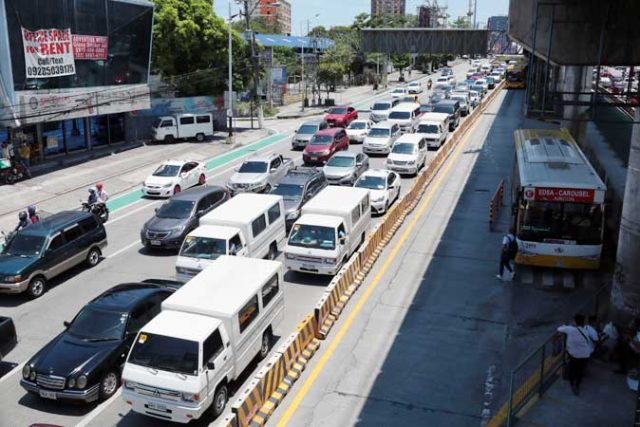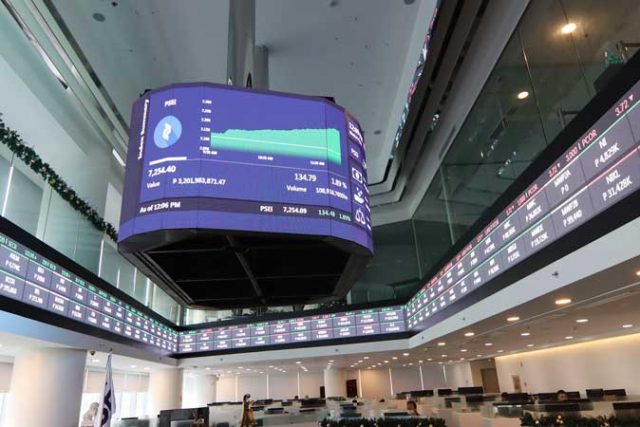Live well at The Residences at The Westin Manila Sonata Place
More than just a place to eat and sleep, our home should be a sanctuary where we can keep ourselves in the best shape – physically, mentally, and even emotionally. Especially during this time of the pandemic, it is essential to have a home where we can safely look after ourselves and a place for the whole family to comfortably care for each other. Being well at home is essential to carry on with our life goals.

Many people would say having this oasis as a home is close to impossible, but not for RLC Residences. Soon to open its doors to its future unit owners is The Residences at The Westin Manila Sonata Place, a premium condominium situated at the heart of the Ortigas Center, built to give you a home attuned to your needs.
Get to know what made this property a one-of-a-kind development and how this will enable you to live well every day.
The Westin Home
Having The Residences at The Westin Manila Sonata Place as your address means experiencing a convenient and comfortable life at the heart of a vibrant city.
Location-wise, this property is in close proximity to multiple essential establishments like the different corporate headquarters, commercial centers, medical facilities, academic institutions, hotels, and government offices.
It also has a number of one to three-bedroom units and penthouse suites, all detailing expansive areas for living, dining, kitchen, and bedroom. To make these home spaces better for residents, each unit is equipped with branded and high-end deliverables, including Gaggenau kitchen appliances, Leicht kitchen cabinets, and Duravit and Hansgrohe toilet and bath fixtures.

To further elevate life here at The Residences at The Westin Manila Sonata Place, homeowners can also enjoy hotel-quality offerings in the form of a la carte services such as housekeeping, in-residence dining and spa, and pet services. In addition, 24-hour concierge and pool and gym attendants are part of the extended hotel services to bring ultimate pampered city-living to its residents.
The Westin Life
Westin is a brand known worldwide for its luxurious way of living. For its residences, that means empowering people to live a life in perfect balance and be at their best. The Residences at The Westin Manila Sonata Place upholds this promise.
This premier development provides all the comfort and conveniences expected of a Westin home. First off, The Residences at The Westin Manila Sonata Place features multiple luxuries found inside every unit. Completing these are the equally upscale facilities found at The Haven, the property’s four-level amenity zone. All these are anchored on the brand’s six pillars of wellness, enabling living well inside a Westin residence.
To live well, you need to experience a sound, restful sleep every day. This is the ‘Sleep Well’ pillar made possible by the signature Westin Heavenly® Bed found inside each unit, complete with plush pillows and custom-pillow top mattress.
‘Eat Well’ is another essential pillar to living a healthy lifestyle and something The Residences at The Westin Manila Sonata Place takes seriously. As a resident of this property, you are given access to the multiple hearty dishes and beverages prepared by the SuperFoodsRx Menu™ and The Westin Fresh by the Juicery. At the same time, kids can savor the medley of curated meals made by SuperChefs™.

‘Move Well’ is the next pillar dedicated to those who want to keep an active lifestyle. The Residences at The Westin Manila Sonata Place makes this goal achievable with its Westin WORKOUT™ Fitness Studio and RunWESTIN Concierge™, along with other premium amenities such as the indoor lap pool and move studio.
Working individuals can also find comfort with The Tangent™ at Westin, a rentable workspace offered to the residents for safe and productive meetings. In addition, a business lounge and functions rooms are made available for the residents – all to bring the ‘Work Well’ brand promise to life.
For kids and kids at heart, the ‘Play Well’ pillar can be enjoyed through the property’s five-star leisure amenities such as the Game Room, Playhouse, and Private Theater, to name a few. They can also enjoy the other leisure and bonding facilities offered by the nearby hotel, The Westin Manila Sonata Place.
Lastly, the ‘Feel Well’ pillar starts from the moment you arrive at your Westin home through the mood-lifting botanicals and soothing White Tea scent. The Heavenly Spa by Westin™ service or a calming shower through the signature Heavenly Bath™ in your bathroom are also made available for a more rejuvenating experience.
Proudly Made by Experts
The Residences at The Westin Manila Sonata Place is a luxury residential project by RLC Residences in partnership with Marriott International Inc. Serving as another proof of RLC Residences’ commitment to building beautiful and well-designed homes through its tagline “Raise, Live, Connect,” RLC Residences also worked with international architectural and design consultants to bring to the Philippine landscape the signature Westin brand of residences fit for those looking for a more refined and upscale lifestyle within the city. With all these present, The Residences at The Westin Manila Sonata Place undoubtedly raises the standard of living and allows living a luxurious life while connecting to a world of unmatched opportunities.
Explore what The Residences at The Westin Manila Sonata Place has in store for you. Connect with our Property Specialist today and find out the exciting privileges that await future Westin homeowners. You may also visit our website at www.rlcresidences.com or follow our social media pages at facebook.com/RLCResidencesPH and instagram.com/rlc_residences.



